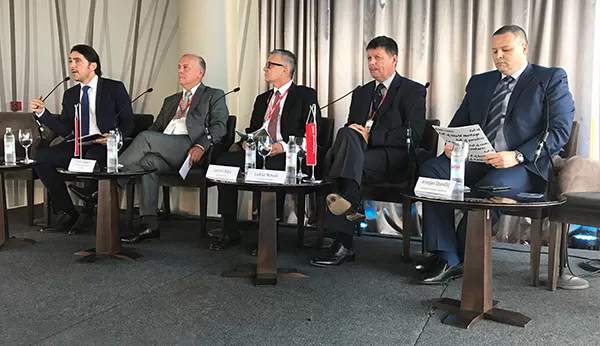“Investing and developing new technological solutions as well as training new air traffic controllers and other personnel in our own training center which is to be founded – that is Croatia Control’s (CCL) way of preparing to meet the requirements of air traffic growth which is to double by 2030.”
Those are the words of CCL’s Director General Vlado Bagarić at the panel “Busy Croatian and European Skies” held at the conference “Croatia as We Need It – Future of Transport in Croatia” organized by Večernji list which took place yesterday and was attended by Jasmin Bajić, Director of Croatia Airlines, Lukša Novak, Director of Split Airport, and Kristjan Staničić, Director of Croatian National Tourist Board.
“There are nine functional airspace blocks in Europe and that is the expected future number of air navigation service providers; we must invest in people and knowledge to remain competitive,” said CCL’s DG.
“Croatian airports recorded more than nine million passengers last year, which is a growth of 18 per cent compared to the previous year,” said Lukša Novak, adding that around 20 million passengers are expected by 2030, which is twice as many as this year. The director of the Croatian National Tourist Board explained that a significant contributing factor to the mentioned growth was the campaign of branding Croatia as an airline destination.
When discussing the future of the Croatian national airline, the director of Croatia Airlines thinks that the state should by all means keep the controlling interest in the company, where for the Minister of the Sea, Transport and Infrastructure Oleg Butković finding a strategic partner for Croatia Airlines is one of the biggest challenges in the air traffic sector. In his introductory speech at the conference, Butković described air traffic as “the simplest and the cleanest”, saying that in the first quarter of 2018 the traffic grew by 20 per cent compared to the previous year, which is a result of investments in airport infrastructure.
